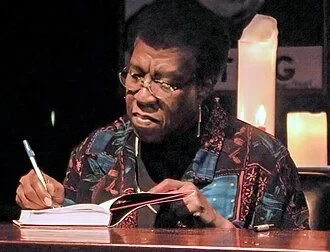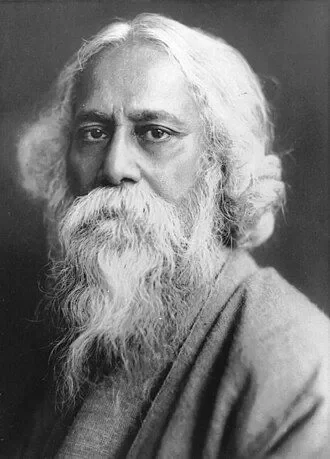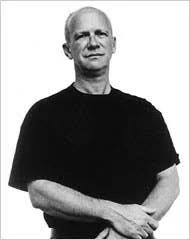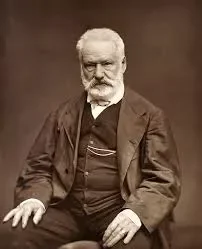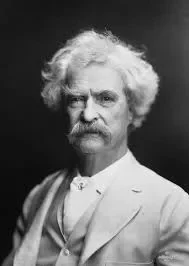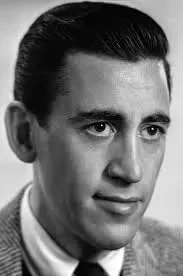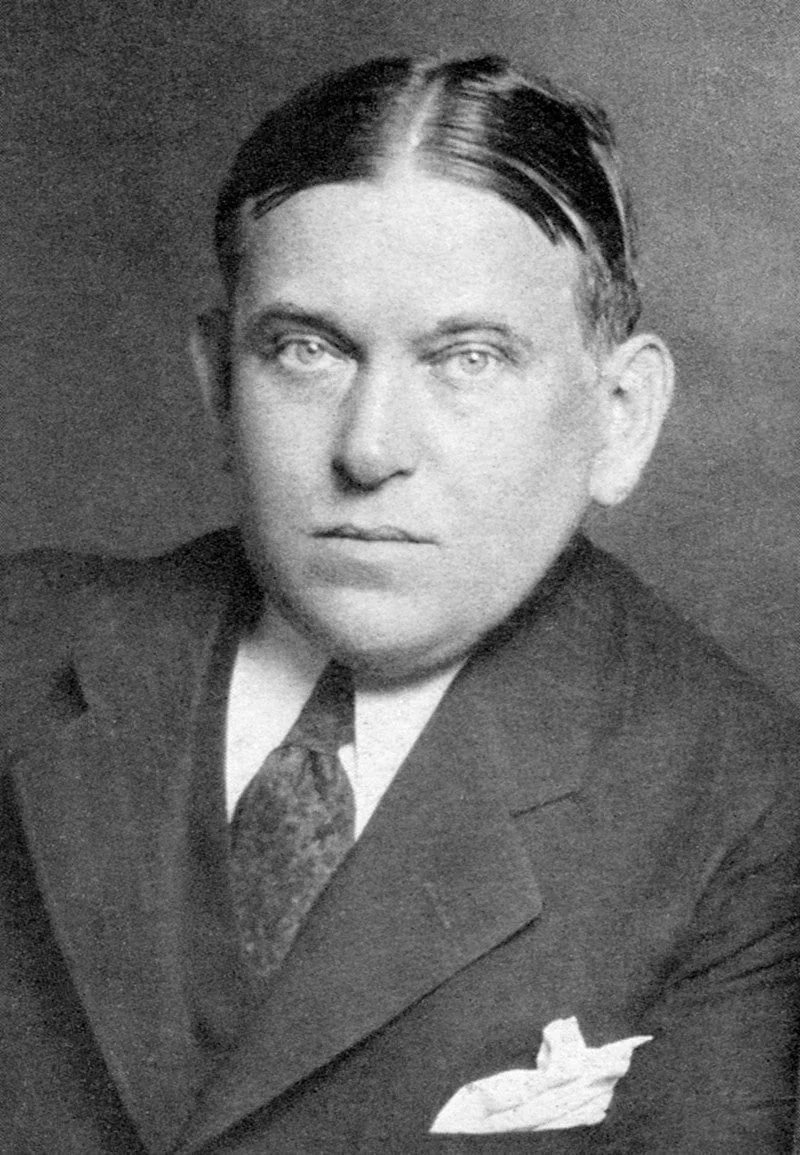Real Celebrities Never Die!
OR
Search For Past Celebrities Whose Birthday You Share
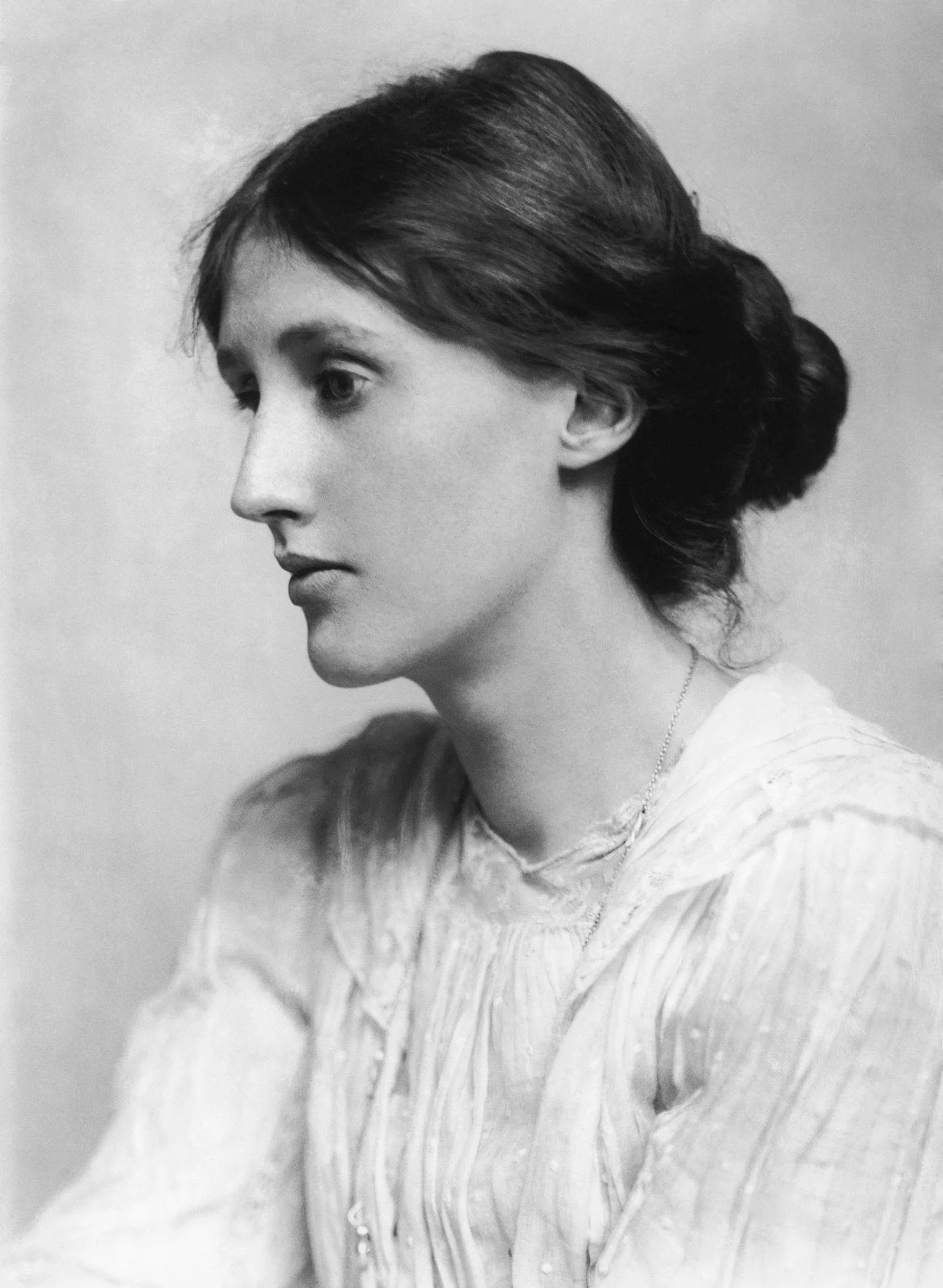
source: wikipedia.org
Virginia Woolf
Birthday:
25 Jan, 1882
Date of Death:
28 Mar, 1941
Cause of death:
Suicide by drowning
Nationality:
British
Famous As:
Novelist
Age at the time of death:
59
Early Life and Influences
Virginia Woolf, a notable British writer, played a significant role in shaping the modernist literary movement of the early 20th century. Coming from an intellectual family, she was exposed to literature and art from a young age. Her father, Leslie Stephen, an esteemed writer and editor, and her mother, Julia Prince Jackson, a renowned model and philanthropist, contributed significantly to her upbringing.
Personal Tragedies and Mental Health Struggles
During Woolf’s formative years, she faced profound personal hardships. Tragedy struck when her mother passed away when she was merely thirteen years old. A few years later, her half-sister Stella also passed away. These experiences deeply affected Woolf’s life and greatly influenced her writing. Throughout her life, Woolf confronted mental health struggles, grappling with depression and bipolar disorder, themes that were also reflected in her exploration of consciousness in her work.
Innovative Literary Techniques and Notable Works
As an author known for pushing boundaries with innovative literary techniques, Woolf delved into topics such as gender identity, sexuality, and the essence of human consciousness. Some of Woolf’s most celebrated works include “Mrs. Dalloway”, “To The Lighthouse”, and “Orlando”.
Involvement in the Bloomsbury Group
Virginia Woolf also held a notable position within the Bloomsbury Group, a well-known collective of intellectuals and artists based in London. This group included influential figures like economist John Maynard Keynes and writer E.M. Forster. The group was recognized for its progressive ideas and engaging conversations on art, literature, and society.
Essayist and Critic
Aside from her novels, Woolf had an impressive career as an essayist and critic. She wrote extensively on various subjects, including women’s writing, literary history, and the role of women in society.
Virginia Woolf's Quote's
Overcoming Challenges in a Male-Dominated Industry
Despite achieving great success as a writer, Woolf encountered numerous obstacles due to the male-dominated nature of the industry. She battled with self-doubt and societal pressures but managed to overcome these challenges, paving the way for future female writers.
Tragic End and Legacy
Unfortunately, Woolf’s life came to an untimely end when she tragically took her own life on March 28, 1941, at the age of 59. Her contributions to literature and her exploration of complex themes continue to inspire and influence writers and readers worldwide.
Name:
Virginia Woolf
Popular Name:
Virginia Woolf
Gender:
Female
Cause of Death:
Suicide by drowning
Spouse:
Place of Birth:
London, England
Place of Death:
Lewes, England
Occupation / Profession:
Personality Type
Mediator: Virginia Woolf was often misunderstood by those around. She was an open-minded individual who didn’t like hanging around people who where boisterous.
Virginia Woolf was romantically involved with several women though she was married.
Her works have been translated into more than 50 languages.
She suffered from bipolar disorder.
She inspired feminism in the 1970s.
Authoring the groundbreaking feminist essay “A Room of One’s Own” (1929), which became a seminal text in feminist literary criticism.
Being commemorated with statues, societies dedicated to her work, and a building named after her at the University of London.
Co-founding the Hogarth Press in 1917 with her husband Leonard Woolf, which published much of her work and other important modernist writers.
Posthumously becoming one of the central subjects of feminist criticism in the 1970s, with her works being widely translated and studied.
Writing influential novels such as “Mrs. Dalloway” (1925), “To the Lighthouse” (1927), and “Orlando” (1928), which are considered masterpieces of modernist literature.

